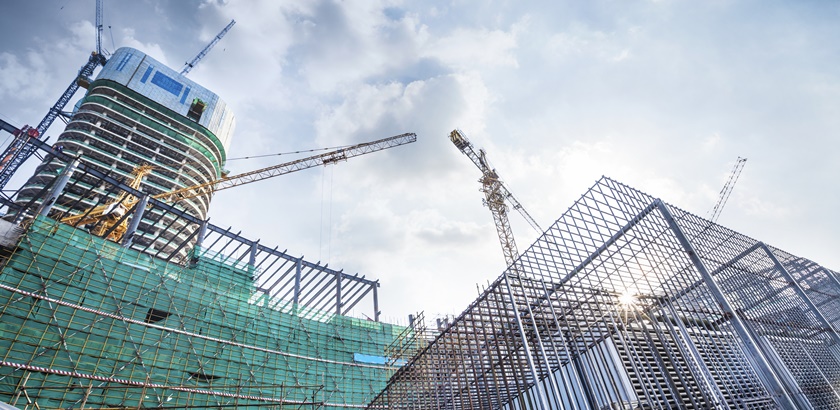While several large construction firms have embraced technological advancement, such as the use of prefab technology, as an opportunity, most small and medium-sized enterprises (SMEs) are still resistant to change, reported The Straits Times.
“Conventional construction is facing many challenges. We knew that the (foreign worker) levy was going up and that the Government’s direction was towards work productivity. So, we saw an opportunity to move forward,” said Johnny Lim, executive director at Teambuild, one of the early adopters of prefab technology here.
In 2013, a simulations run by Teambuild on some residential projects showed significant savings in time and manpower, even as the technology cost about 20 percent more compared to conventional methods.
Now, the cost premium has shrunk to less than 10 percent as the technology matured.
Chiang Kian Hong, project director at Tiong Seng, noted that the challenges posed by cutting edge technologies may be overcome with careful technical planning and design.
In fact, Teambuild set up a wholly owned subsidiary in 2013 that would build smaller prefabricated components, while Tiong Seng began building its own (prefabricated prefinished volumetric construction) PPVC capabilities in 2014.
Meanwhile, small contractors – which lacks the financial capacity to build on their own prefabrication modules – are still doing things the old-fashioned way.
“We still have to look deeper into PPVC and how much it will cost us,” said Joseph Liew, general manager at GA Construction.
“The key concern is if we invest in technologies or hardware, can we use it in all our projects? Or will it become a white elephant?”
Relying on external fabricators, on the other hand, would mean sacrificing a significant portion of the contract fee. “If precasters do most of the work, what is left for us other than hoisting and assembly?” lamented Chong Tong Construction director Gwee Sung.
Liew and Gwee said the cost of PPVC adoption is too great for SMEs – at around 20 percent of their contract fees.
And while GA Construction spent around S$20,000 on hardware to try the building information modelling (BIM) – a virtual design system – this year, the firm is yet to implement it.
This comes as a complete BIM adoption would involve a six-figure investment as well as “a change of mindset” of their staff and other sub-contractors, said Liew.
“Conversion also requires us to pluck manpower out from our operations – some diploma courses stretch for a few months.”
This article was edited by Denise Djong.



